Fortune Telling playing cards
English Fortune Telling cards probably published c.1770.
We think that these early English fortune telling cards were published by S. Hooper, a Book and Print Publisher of various London addresses during the period 1766 to 1792, Strand, Ludgate Hill, Arundal Street, Dukes Court and Holborn. He is also known for publishing his ‘Conversation Cards’. See the Instructions►
The wording printed on each card conforms to that found in the work on the oldest cartomancy meanings in English: “Dr. Flamstead’s and Mr. Patridge’s New Fortune-Book containing their new-invented method of knowing one’s fortune by a pack of cards” published c.1729, for further discussion see Mary K. Greer's Blog - https://goo.gl/JzSWR2►
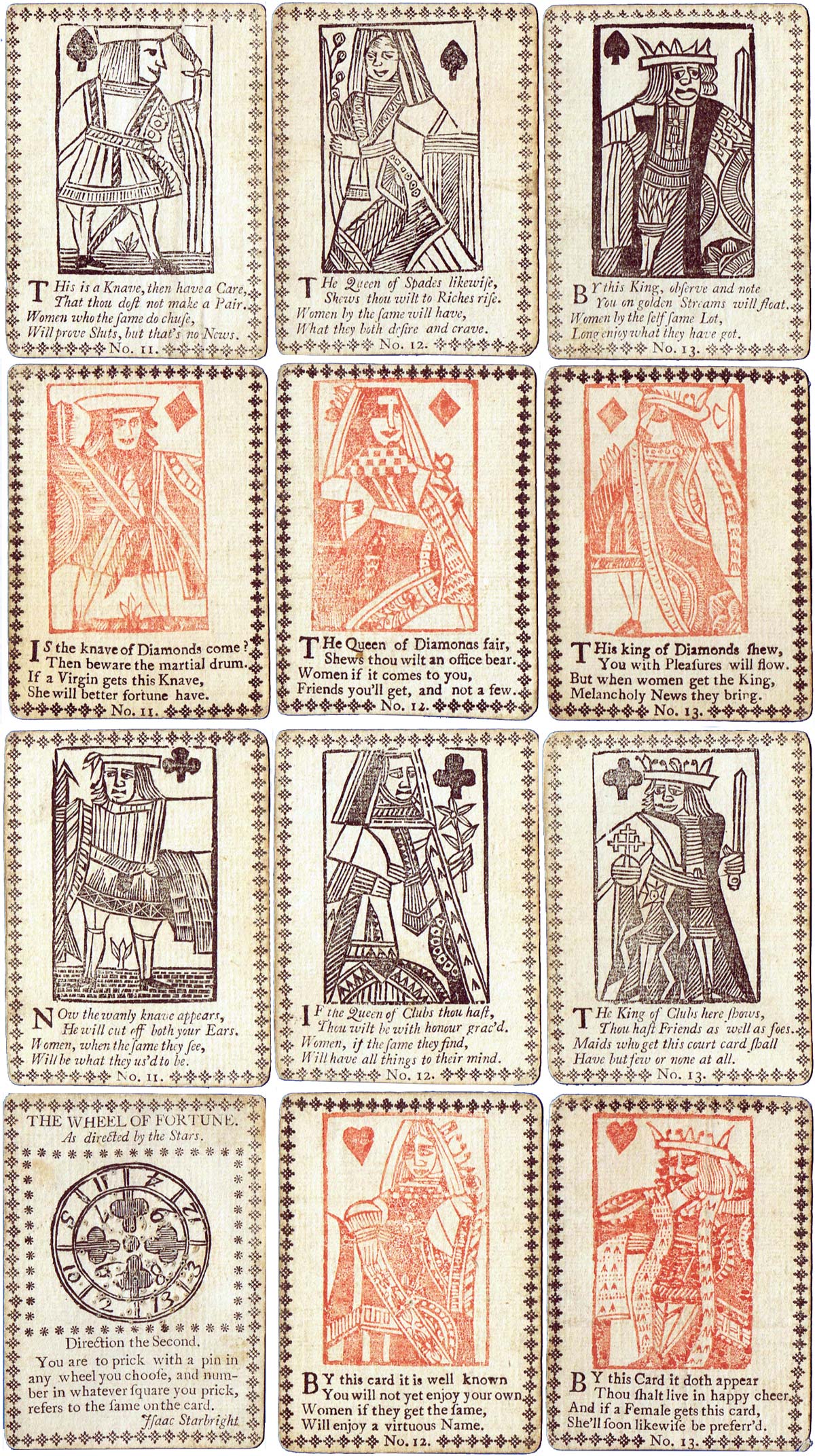
Above: cards from a pack of Fortune Telling cards, probably published in London, c.1770. The court cards are of the early style. Jacks have Fleur de Lys between their feet, black jacks feathers in their hats, king of clubs holds Cross of Lorraine, diamonds and hearts are red stencilled cards (including court cards) but excluding borders and legend. The Black Wheel of Fortune card has many pin holes in it - as it should - it is used to select the cards which then reveal your fortune. The lack of Aces is explained by the Instruction Card (Direction The First): "The conjurer being obliged to multiply the 12 signs of the Zodiac by the four seasons of the year could only employ 48 cards, was therefore commanded by the oracle of Delphos to exclude the 4 aces". However, the referenced source above does give rhyming couplets for the four aces.
REFERENCES and CREDITS
Images and notes kindly contributed by John Sings ►
Mary K. Greer: Oldest Cartomancy Meanings in English ►
By Simon Wintle
Spain • Member since February 01, 1996 • Contact
I am the founder of The World of Playing Cards (est. 1996), a website dedicated to the history, artistry and cultural significance of playing cards and tarot. Over the years I have researched various areas of the subject, acquired and traded collections and contributed as a committee member of the IPCS and graphics editor of The Playing-Card journal. Having lived in Chile, England, Wales, and now Spain, these experiences have shaped my work and passion for playing cards. Amongst my achievements is producing a limited-edition replica of a 17th-century English pack using woodblocks and stencils—a labour of love. Today, the World of Playing Cards is a global collaborative project, with my son Adam serving as the technical driving force behind its development. His innovative efforts have helped shape the site into the thriving hub it is today. You are warmly invited to become a contributor and share your enthusiasm.

Leave a Reply
Your Name
Just nowRelated Articles

Playing Cards: A Secret History
Playing Cards: A Secret History
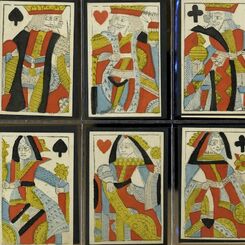
70: Woodblock and stencil : the spade courts
This is a presentation in a more straight forward fashion of the work done by Paul Bostock and me in...
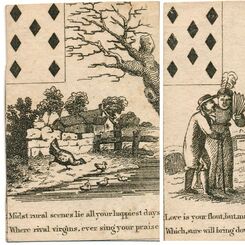
Georgian Fortune Telling Cards
Georgian Fortune Telling Cards, c.1800.
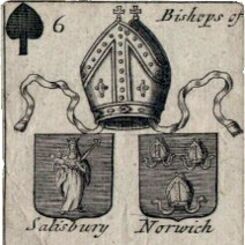
Arms of English Peers
The Arms of English Peers playing cards were first published in 1686. Heraldry, or a knowledge of th...
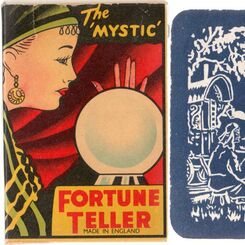
The ‘Mystic’
The ‘Mystic’ Fortune Teller card game by Clifford Toys.
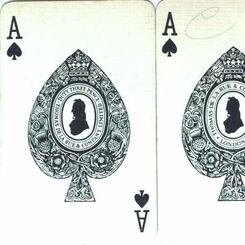
De la Rue’s 125th anniversary
In around 1955 De la Rue introduced a new coloured joker and a series of aces of spades with a silho...
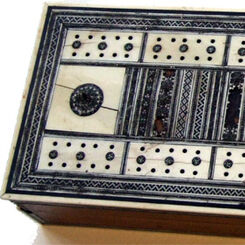
Cribbage Board Collection part 2
A collection of antique and vintage Cribbage Boards by Tony Hall, part 2
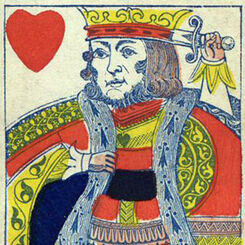
Suicide King
The King of Hearts, holding a sword behind his head, is sometimes nicknamed the “Suicide King”. He c...
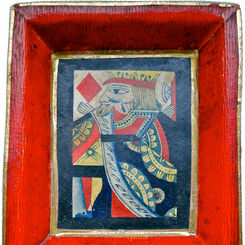
Pope Joan Trays
Some traditional Pope Joan boards comprise a circular tray, others are square, divided into sections...
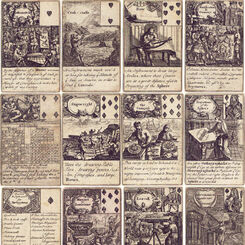
Mathematical Instruments
Mathematical Instruments playing cards forming an instrument maker's trade catalogue, Thomas Tuttell...
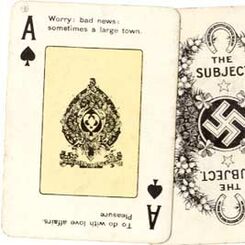
Rameses Fortune Telling
The Rameses Fortune Telling Cards were manufactured by Chas. Goodall & Son Ltd, London, c.1910, arou...
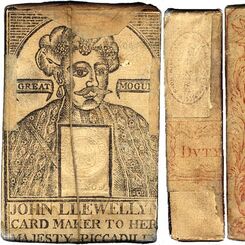
John Llewellyn, playing card manufacturer, London, 1778-1785
John Llewellyn, playing card manufacturer, London, 1778-1785

History of Court Cards
The court cards in English packs of playing cards derive from models produced by Pierre Marechal in ...
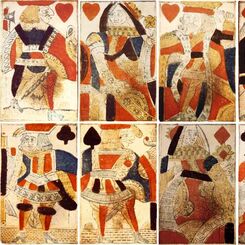
Hunt, c.1800
Standard English pattern playing cards manufactured by Hunt, c.1800.

Early English Playing Cards
Early examples of traditional, standard English playing cards of which the best known are those of H...
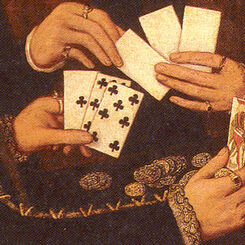
History of English Playing Cards & Games
The History of English Playing Cards dates probably from the mid 15th century
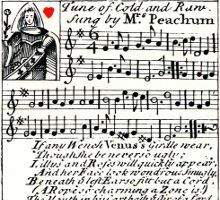
The Beggars’ Opera
The Beggars’ Opera Playing Cards were first published in 1728. The cards carry the words and music o...
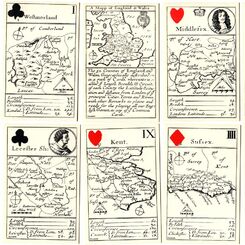
Robert Morden’s Playing Cards
The 52 Counties of England and Wales described as a pack of cards first published in London in 1676....
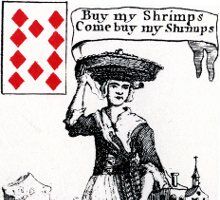
Cries of London
The cards were printed from copper plates, with the red suit symbols being applied later by stencil....
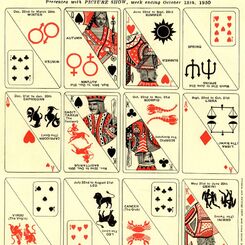
Picture Show — Zodiac Fortune Telling Cards
Zodiac Celebrities fortune-telling cards presented with 'Picture Show' magazine, 1930. The cards wer...
Most Popular
Our top articles from the past 60 days


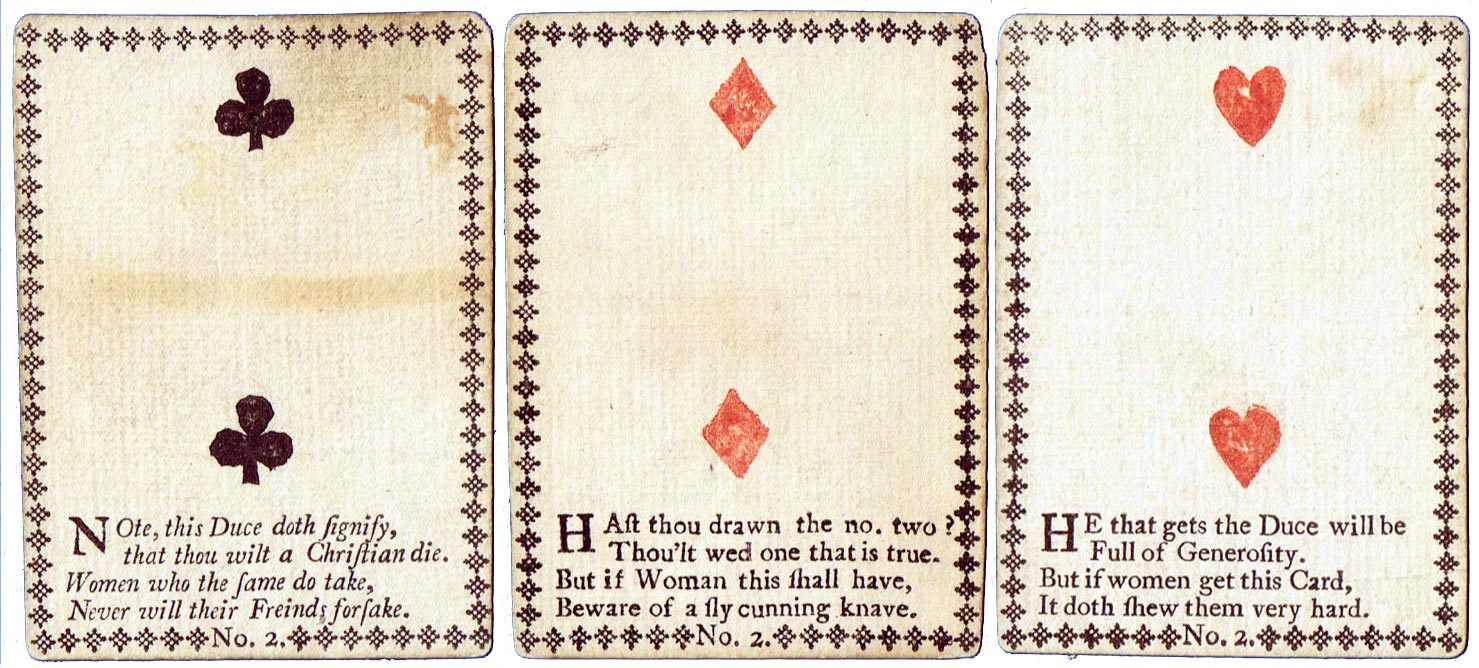
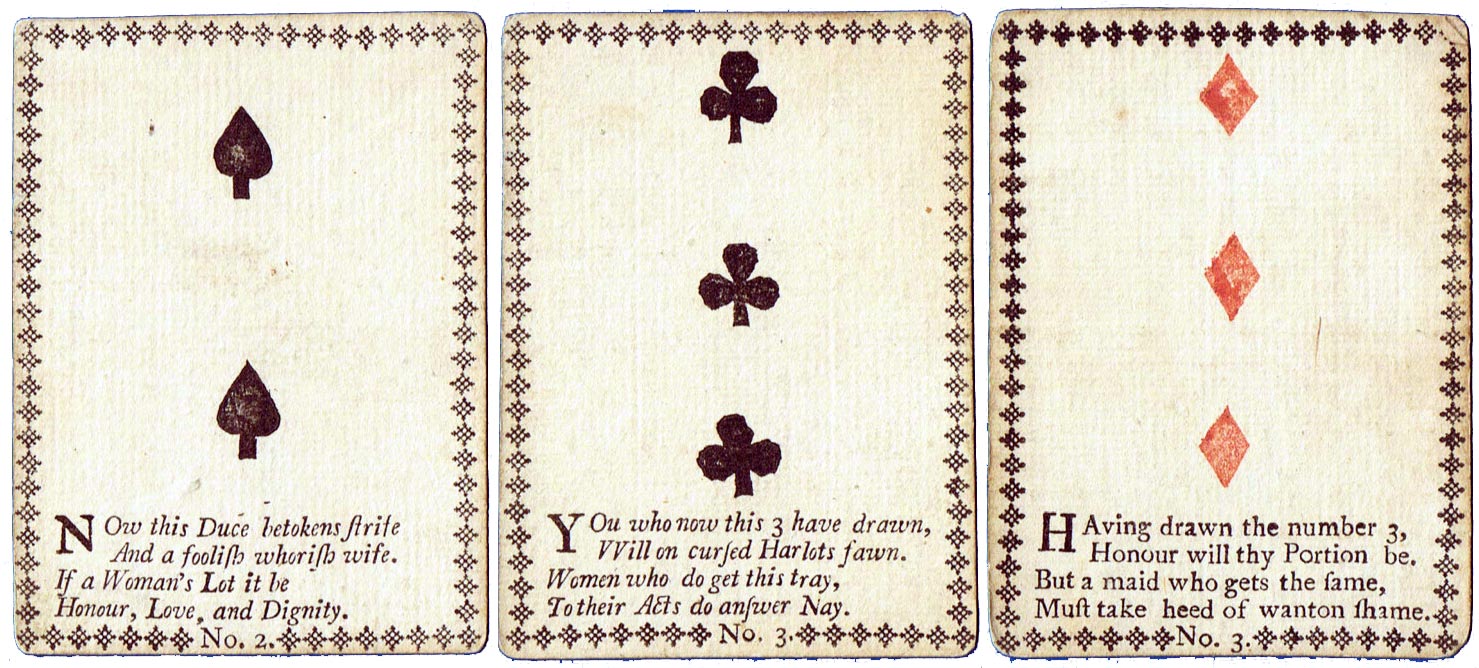
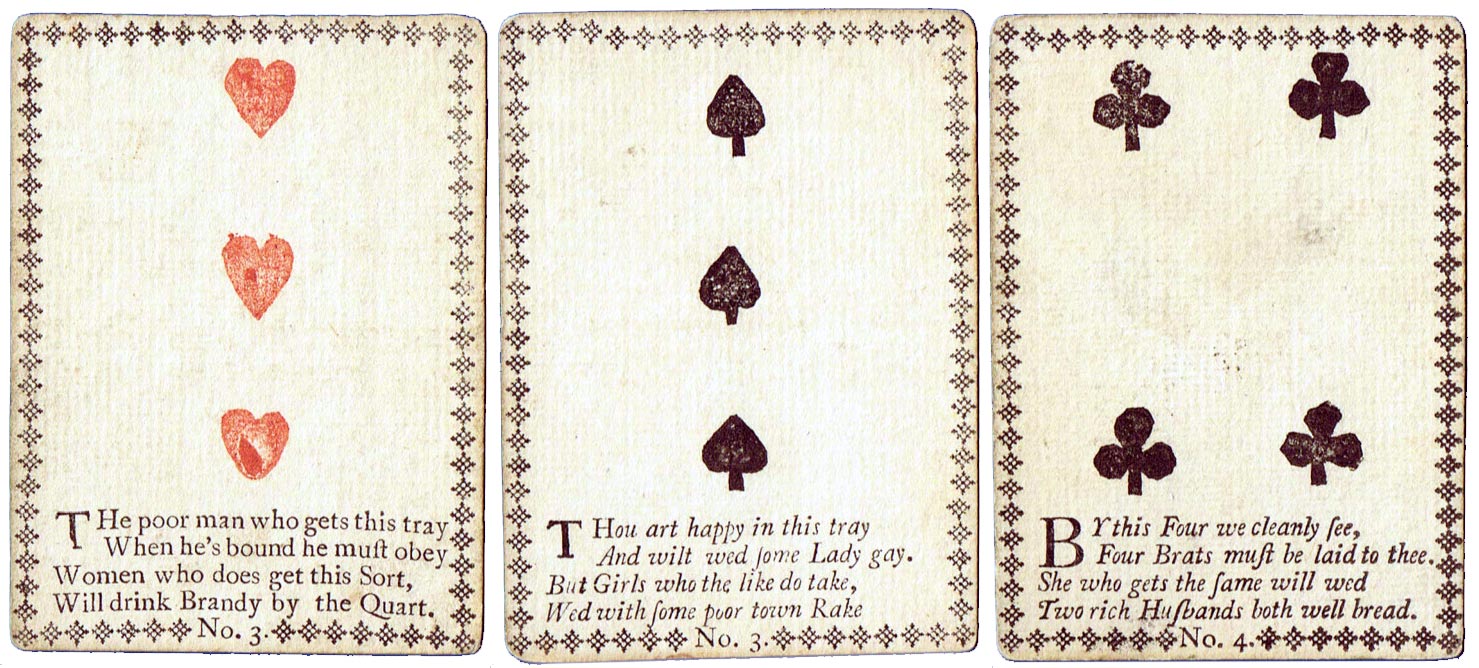
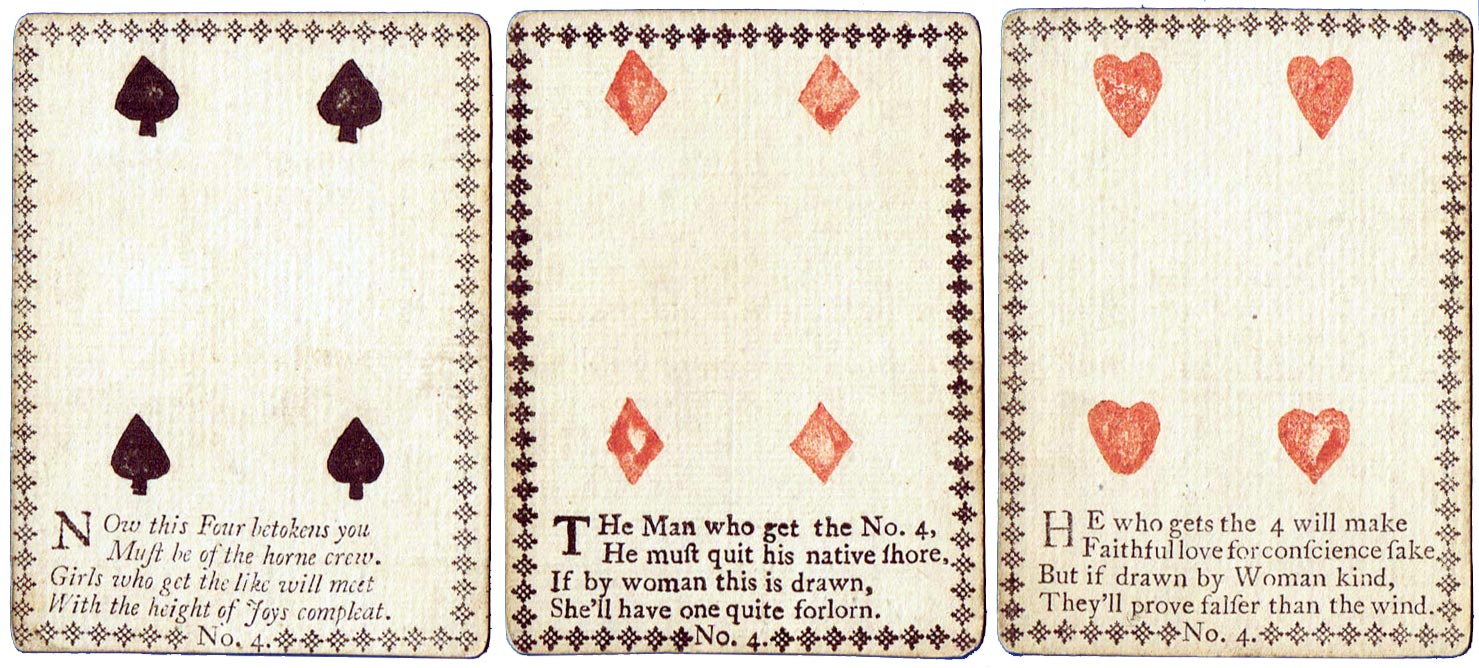
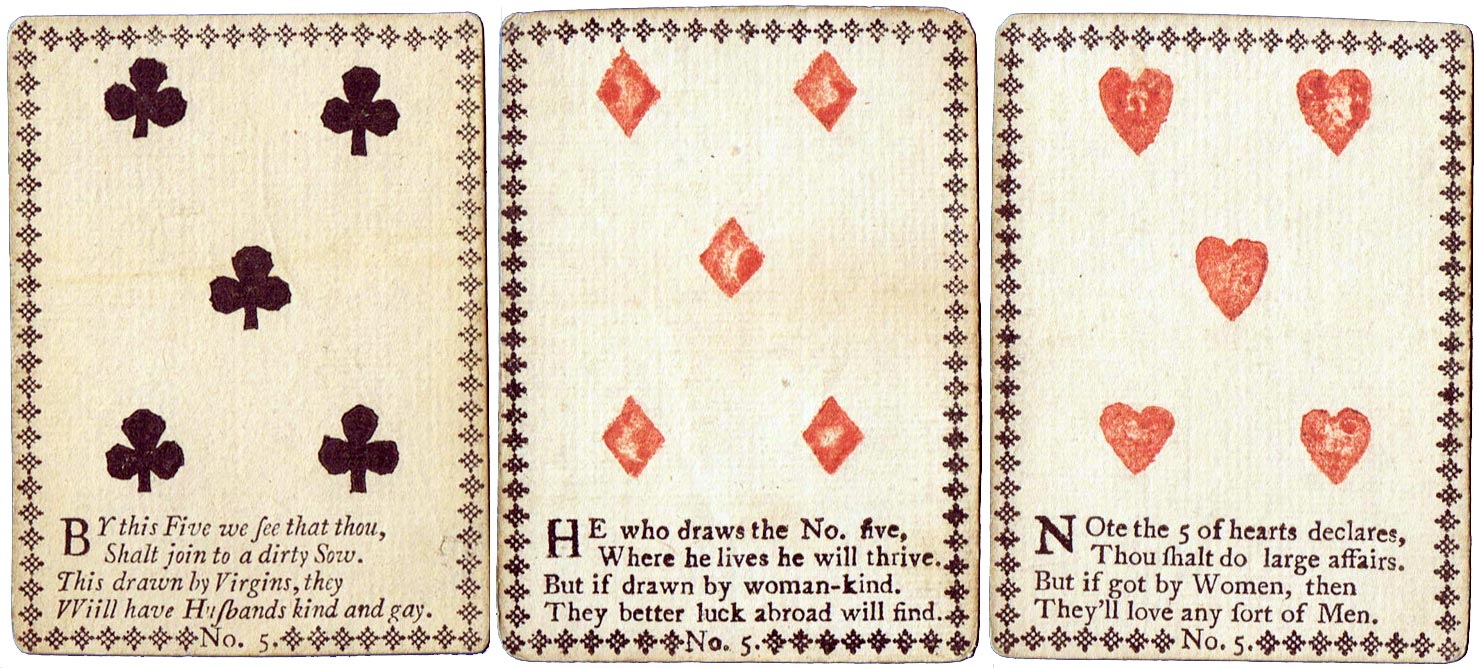
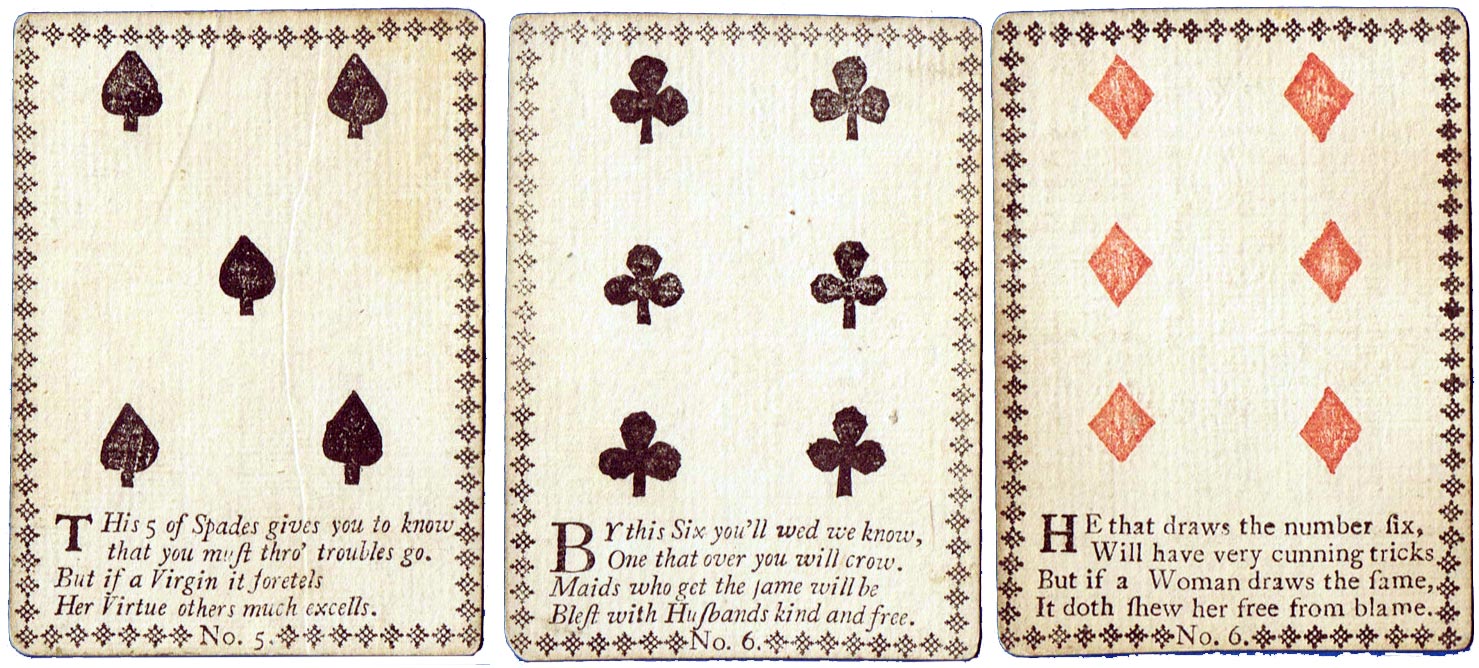
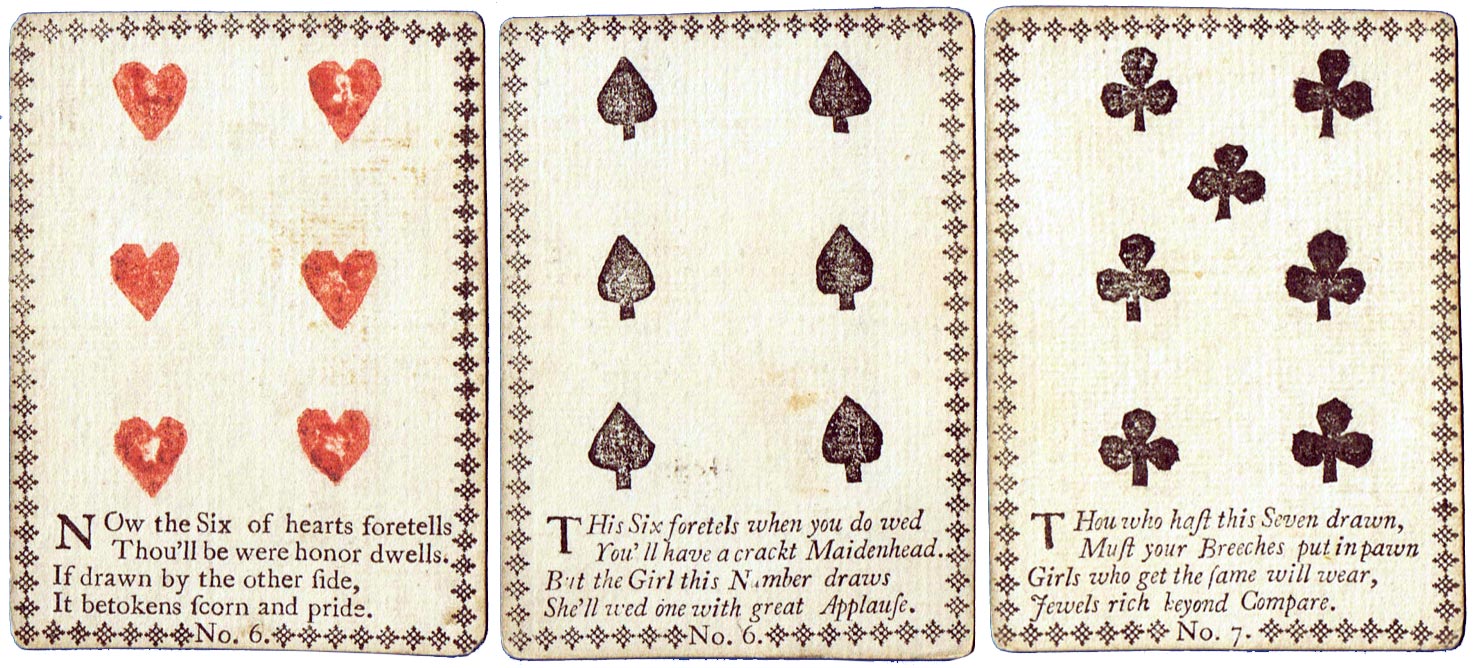
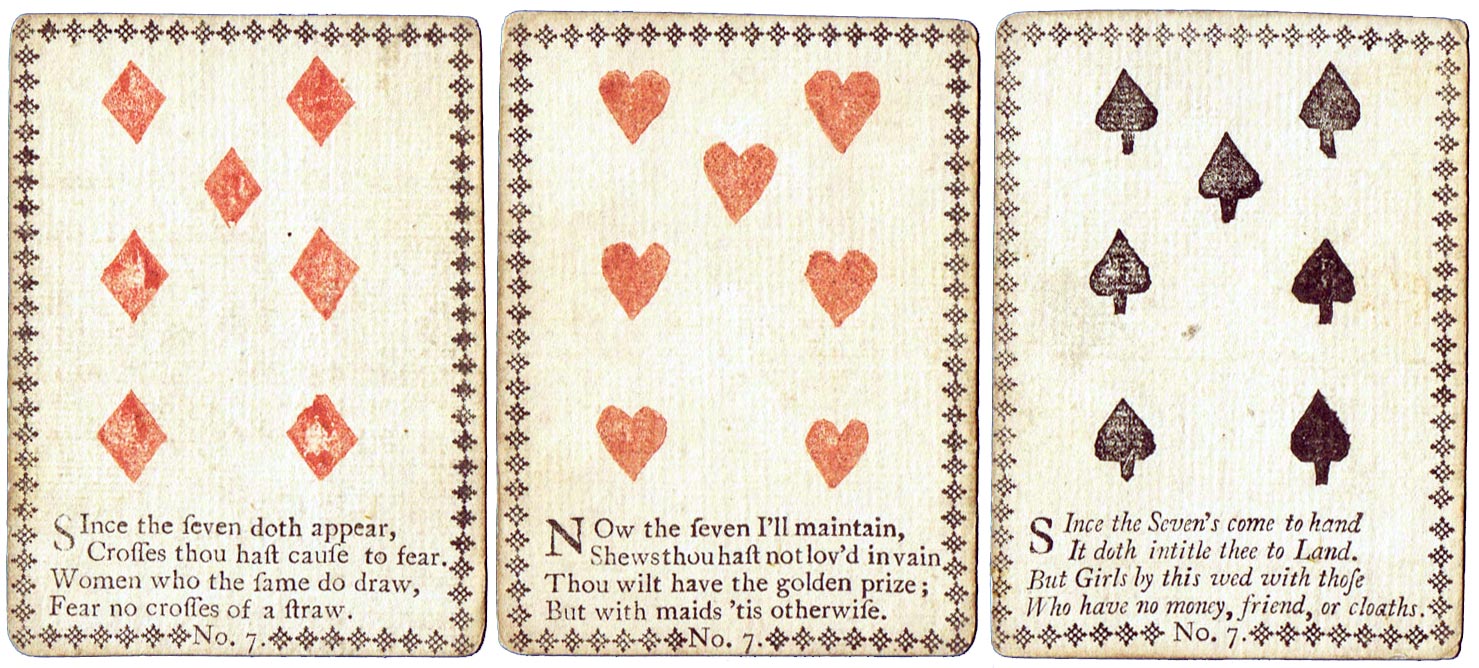
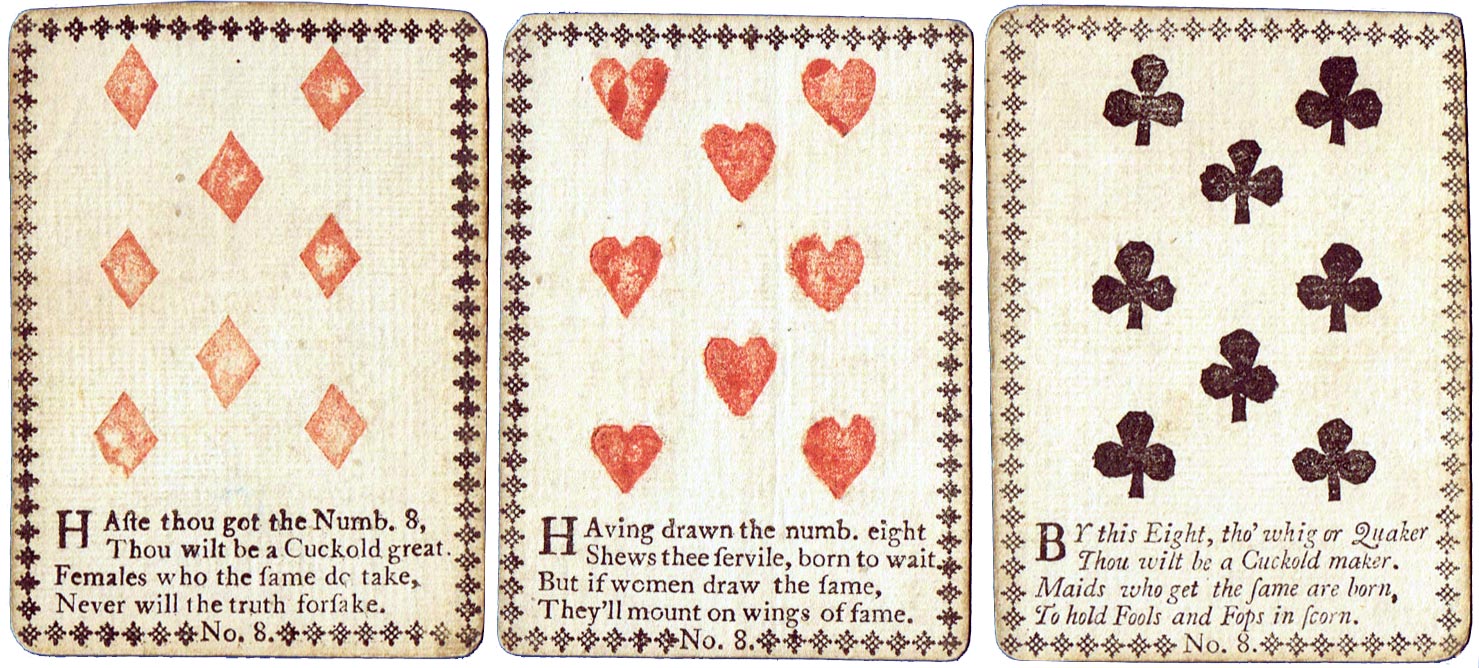
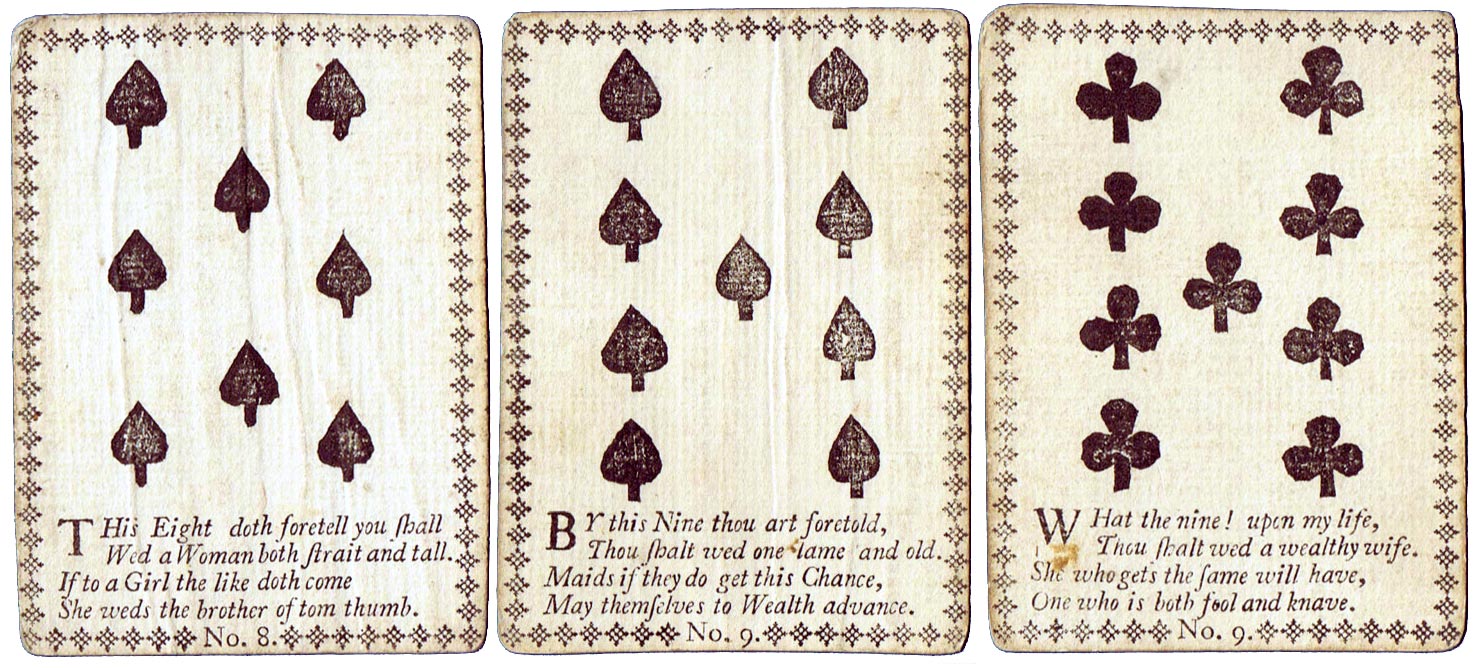
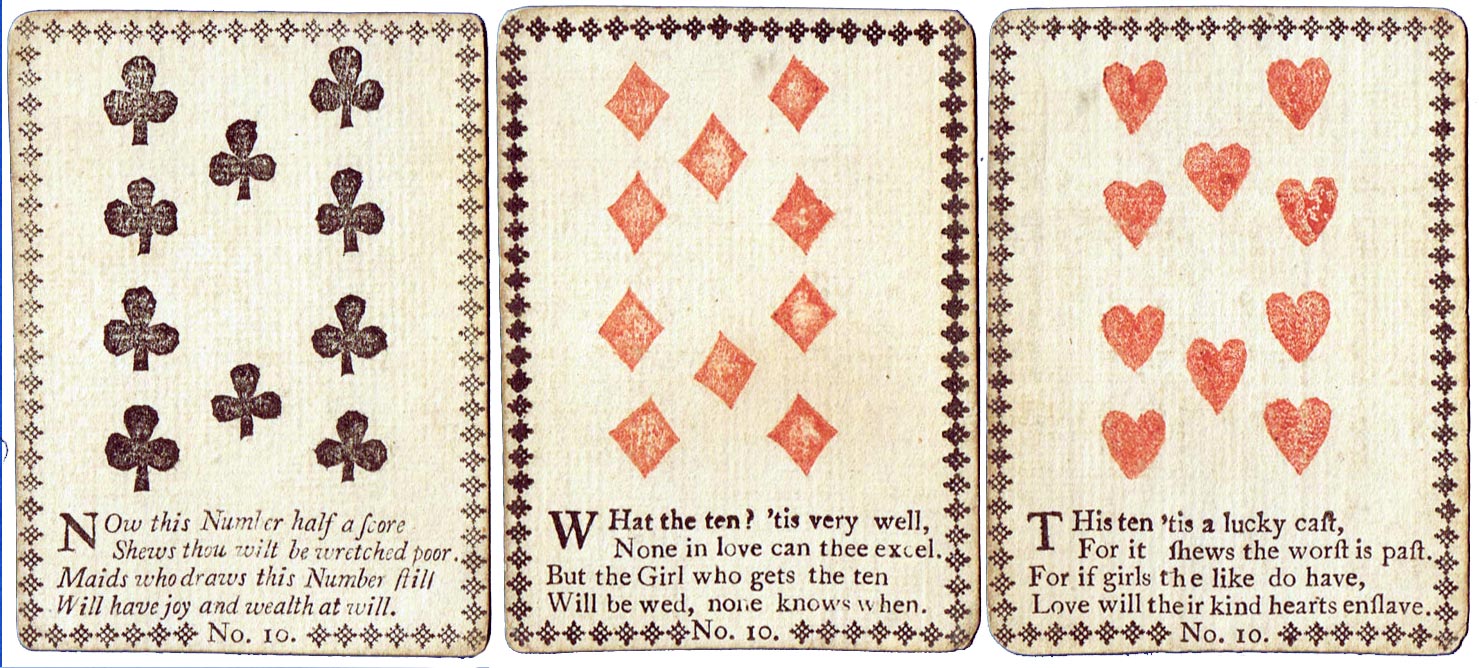

 Your comment here. Your comment here. Your comment here. Your comment here. Your comment here. Your comment here. Your comment here. Your comment here. Your comment here. Your comment here. Your comment here. Your comment here. Your comment here. Your comment here. Your comment here. Your comment here. Your comment here. Your comment here. Your comment here. Your comment here. Your comment here. Your comment here. Your comment here. Your comment here. Your comment here. Your comment here. Your comment here. Your comment here. Your comment here. Your comment here. Your comment here. Your comment here.
Your comment here. Your comment here. Your comment here. Your comment here. Your comment here. Your comment here. Your comment here. Your comment here. Your comment here. Your comment here. Your comment here. Your comment here. Your comment here. Your comment here. Your comment here. Your comment here. Your comment here. Your comment here. Your comment here. Your comment here. Your comment here. Your comment here. Your comment here. Your comment here. Your comment here. Your comment here. Your comment here. Your comment here. Your comment here. Your comment here. Your comment here. Your comment here.




















